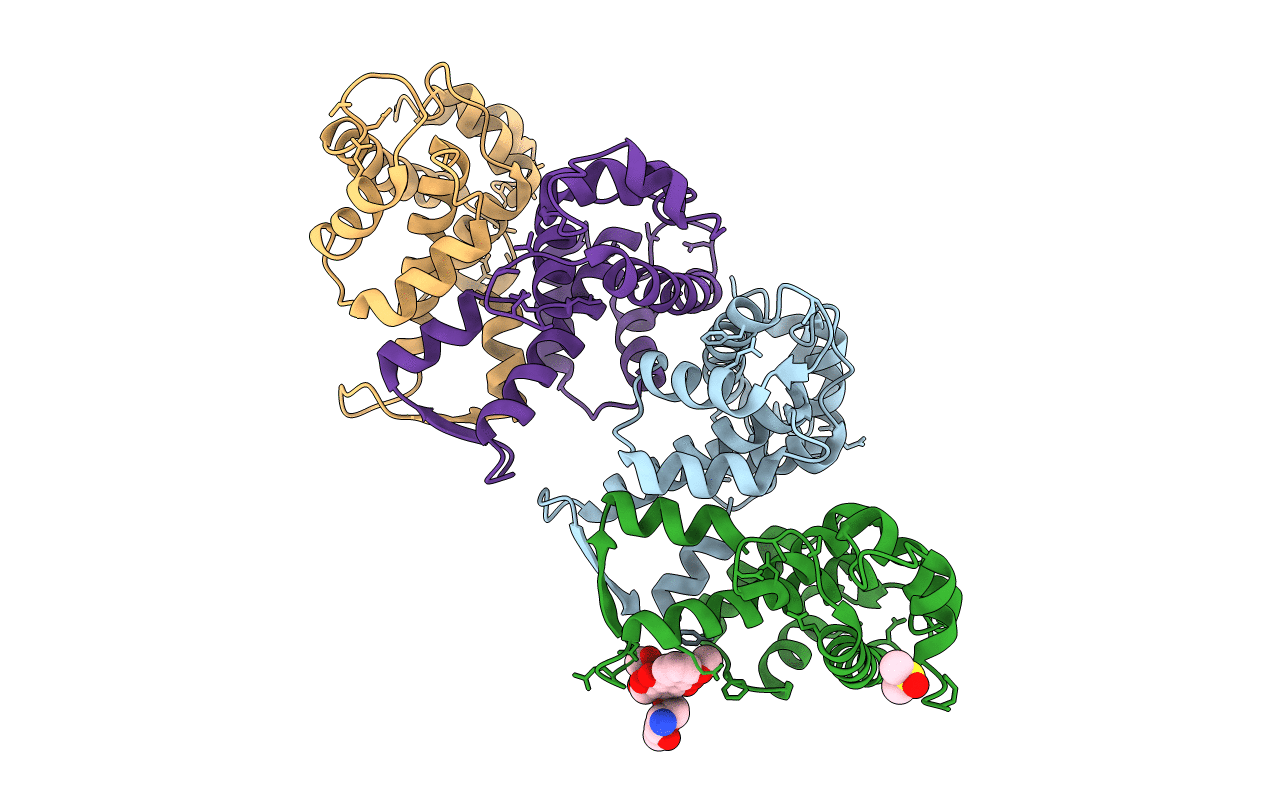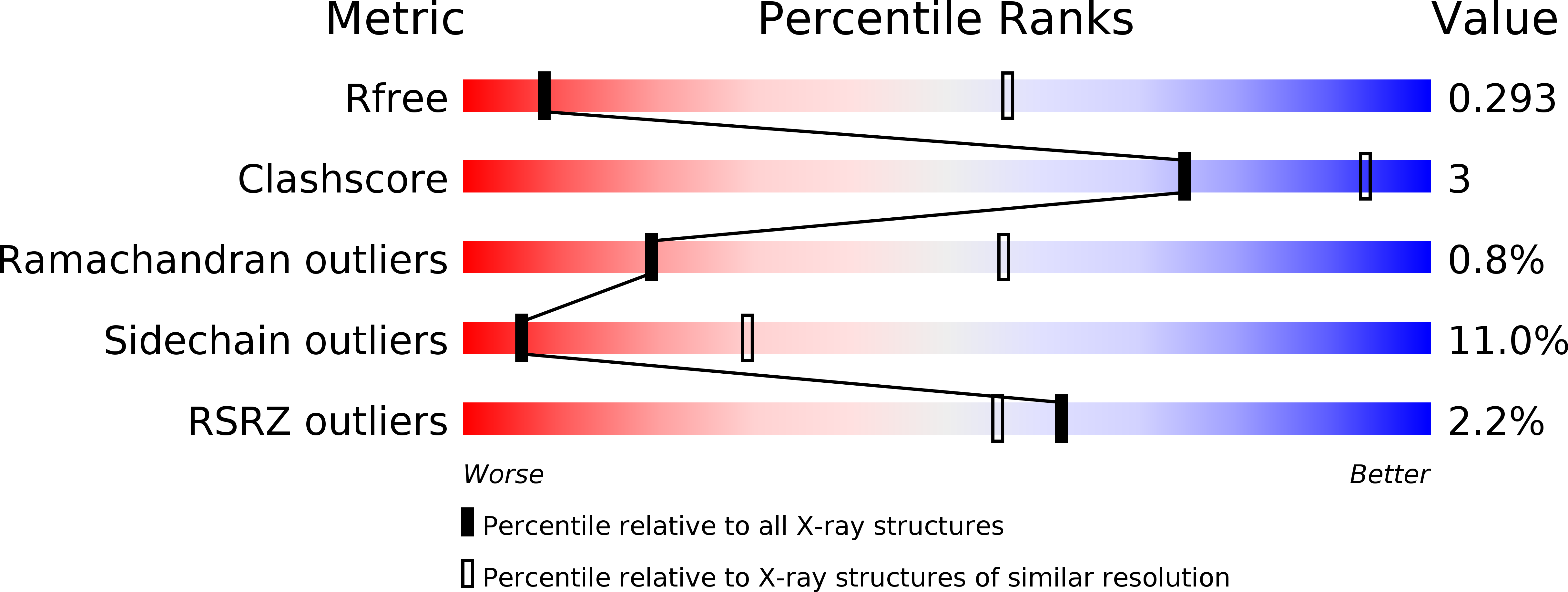
Deposition Date
2016-12-22
Release Date
2017-11-29
Last Version Date
2024-01-17
Entry Detail
PDB ID:
5MRA
Keywords:
Title:
human SCBD (sorcin calcium binding domain) in complex with doxorubicin
Biological Source:
Source Organism:
Homo sapiens (Taxon ID: 9606)
Host Organism:
Method Details:
Experimental Method:
Resolution:
3.74 Å
R-Value Free:
0.28
R-Value Work:
0.19
R-Value Observed:
0.19
Space Group:
P 21 21 21


